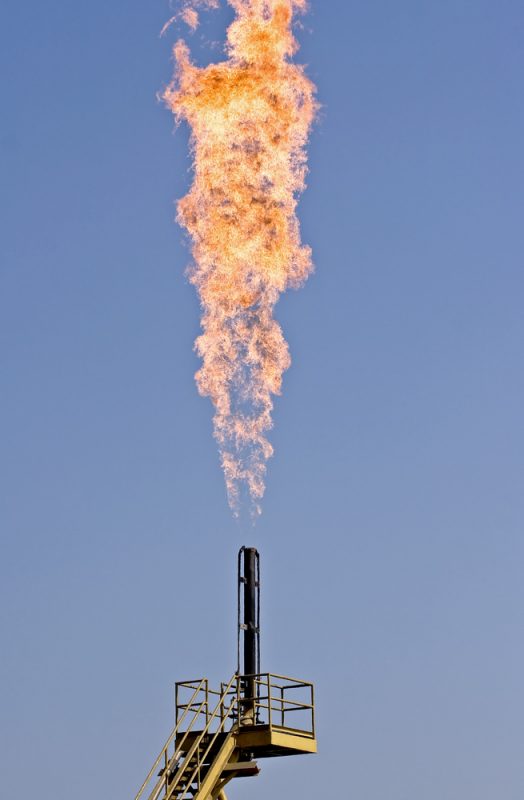Natural gas production growing faster than demand in Pennsylvania, Ohio, West Virginia

Natural gas production has increased significantly in Ohio, Pennsylvania, and West Virginia over the past decade and has grown at a much faster rate than natural gas consumption in the three states, the U.S. Energy Information Administration (EIA) said.
Production in the three states, primarily from the Marcellus and Utica shales in the Appalachian Basin, increased from a combined 1.4 billion cubic feet per day (Bcf/d) in 2008 to approximately 24 Bcf/d in 2017, based on data through October 2017. Their combined share of total U.S. natural gas production increased from 2 percent in 2008 to 27 percent in 2017.
Almost all of the states’ recent natural gas consumption growth has occurred in the electric power sector. Natural gas consumption for electricity generation increased from 0.5 Bcf/d in 2008 to 1.9 Bcf/d in 2017.
Before 2011, natural gas production in the three states was lower than demand with interstate pipelines bringing natural gas into the area primarily from production areas in the Gulf Coast. As production grew in Pennsylvania, Ohio, and West Virginia, existing pipelines were modified to transport natural gas out of, instead of into, Appalachia. New pipelines have also been announced to link Appalachian supply to downstream markets.
As Appalachian production displaces Gulf Coast supply, it is freeing additional U.S. production for export by pipelines and as liquefied natural gas (LNG).
The region’s petrochemical industry has also begun consuming more of the region’s natural gas. Three new ethylene crackers have been proposed for the region to take advantage of the ethane available in Marcellus and Utica natural gas.
Pipeline capacity to transport ethane and other HGL within and out of Appalachia has been increasing since 2013 due to growth in hydrocarbon gas liquid (HGL) production. The first U.S. ethane exports shipped in March 2016 from Sunoco Logistics’ export terminal in Marcus Hook, Pennsylvania, which has the capacity to export 35,000 barrels per day (b/d) of ethane and store approximately 5 million barrels of HGL.
